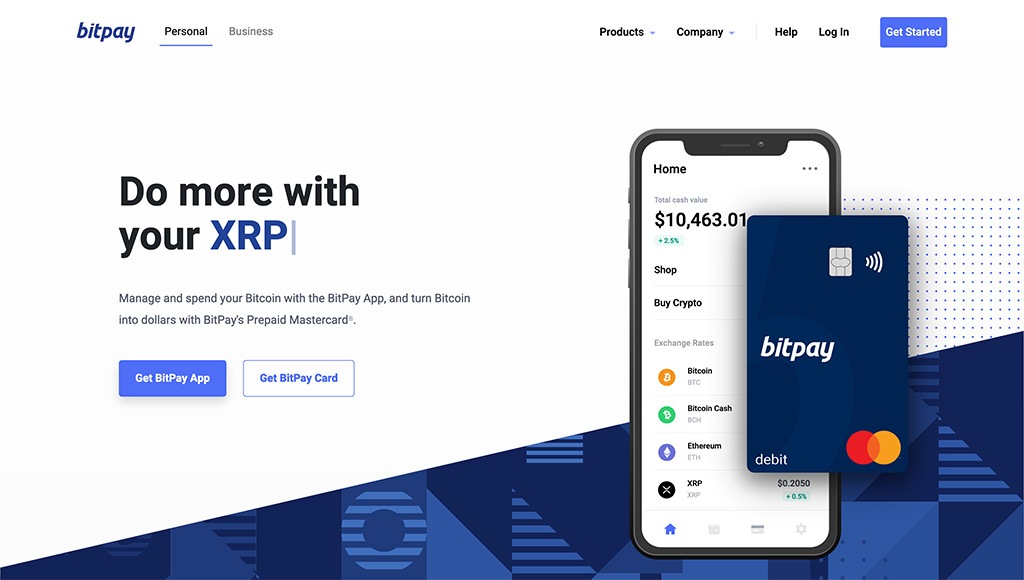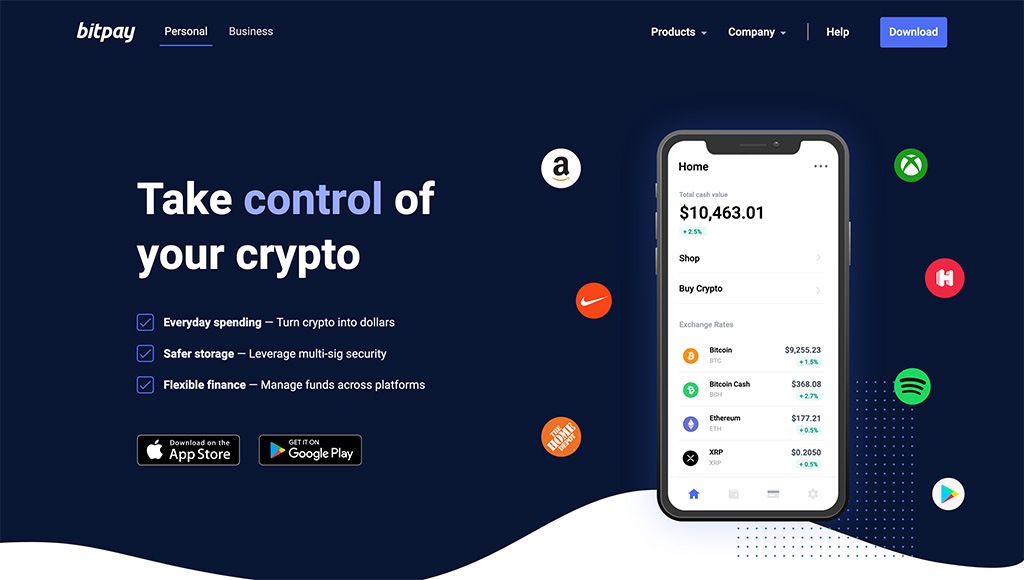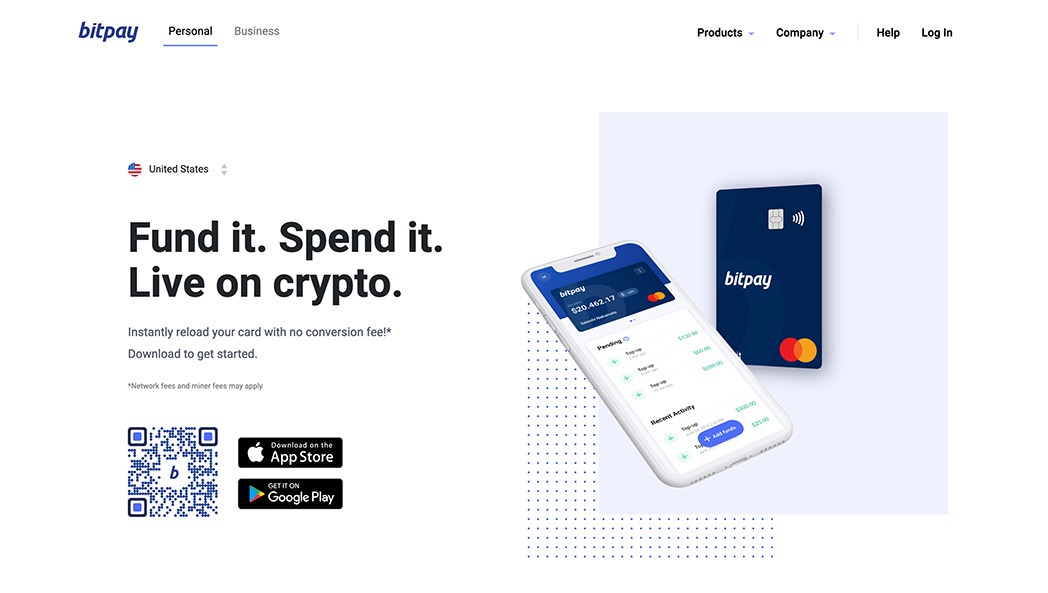When Bitcoin was first introduced in 2009 with the concept of “digital cash”, it created waves among those who wanted everyday transactions to move to a futuristic system.
The move from conventional to digital transactions would have meant ease of use by cutting back repeated visits to the bank, higher accessibility with payment procedures being just a screen away. In addition, it meant economic freedom from otherwise high execution charges that have always been attributed with international or even large-scale local transfers.
The possibilities were promising, but there was one big problem that kept these revolutionary ideas from reaching fruition.
Switching from conventional currency to Bitcoin was not that easy. No one could readily exchange the funds they already had in Bitcoin to fiat and vice versa.
Just like purchasing Bitcoin took hours and even days at a time – depending upon the mode of fiat deposit and the cryptocurrency exchange that one was using, converting purchased Bitcoin into fiat in case of a retail or financial emergency was not something that could be completed in minutes. This left a lot to be desired from this financial asset that was not accepted by any major or reputable vendor in the world.
And that is when one service came along that changed the future of Bitcoin and its current operations as we know them.
The service, called BitPay, started off with the notion of being a bridge between Bitcoin users and popular companies that wanted to entertain such individuals. They did so without any added cryptocurrency infrastructure at their end, keeping themselves safe from the ever-present fluctuation in the world of cryptocurrency.
That line of thinking resulted in the birth of a simple service in 2011, where BitPay allowed the customers to pay for any services or products on participating vendors in Bitcoin, where it then converted the transacted amount in fiat for the vendor. The process worked as smoothly as it sounded, and with BitPay only charging a nominal fee for this facilitation, the service was welcomed with open arms through the technology sector. A sector that wanted to bring innovation to this new form of payment to the forefront without taking too many risks.
Years later, BitPay is now synonymous with facilitating Bitcoin transactions. From Microsoft to Shopify and even to KFC, any famous company that wants to make its mark in terms of being innovative and open-minded for future technologies has used Bitpay’s services at one point or another.
The service now provides the BitPay Visa Card, a payment solution that allows users to pay with Bitcoin not just online but through thousands of physical locations and point of sale terminals as well as withdrawing cash directly through ATM. The feature is convenient for those who really want their digital savings to not only be a high-value commodity but a liquid asset that could come in handy right when they want it, where they want it.
However, many services have previously tried to launch such a solution for it to only end in a mix of deflated spirits and disappointing outcomes. The curiosity for some users to learn more about BitPay and its supposed ability to pull off this mammoth task remains completely understandable.
Therefore, we have put together a detailed review of BitPay, including but not limited to its history, its services, and its technological capabilities.
Through these findings, you will be easily able to make a decision on whether or not should you keep BitPay on your radar, and in case you haven’t used its services yourself, give them a chance to let the company prove its mettle.
BitPay Review: History of BitPay
The service was brought to life in May 2011 by Tony Gallippi and Stephen Pair. It was introduced as a solution for businesses to accept Bitcoin payments with ease in order to increase the adoptability of Bitcoin. The concept was taken with such enthusiasm by the cryptocurrency industry that the company soon saw its ideology manifesting into a fully-fledged market and subsection of its own in the larger cryptocurrency community.
Based out of Atlanta, Georgia, the company has seen outstanding growth of the kind which has been taken by many as being unprecedented. Yet, on a closer look thise rise has clearly been made possible through the work of Gallippi, who still serves as the company’s chairman, and Pair, who helms the organization from the position of CEO. Both of these individuals aimed to bring BitPay into the mainstream and establish its presence as a primary solution to Bitcoin payments, and that is exactly what they did with the help of their larger team.
Having obtained 1,000 merchants to use its services by November 2011, BitPay continued on its path to sign up as many merchants that it could to its company by ensuring that its services remained unparalleled to any other solution operating in the market.
BitPay was besiged from all sides, it entered into a market that was highly competitive with behemoths like Paypal and others who dealt in payment processing. Of course, Bitpay was tackling a new segment, but it had to make sure that it kept its house in order to not fall back in carving a niche segment for itself in the larger payment processing fair.
This resulted in two things, BitPay’s fees stayed at an acceptable rate, and it also meant that its technical delivery at the backend also remained flawless. This led the company to announce in September 2013 that it had crossed the figure of having 1,000 customers that were utilizing its services on a day to day basis. This was a 10x growth from its humble beginnings of 100 customers in November 2011.
During this time, BitPay also became an official payment processor for website publishing and creation platform WordPress. The development that took place in 2012 brought a level of credibility and trust for the company which could not have been obtained through any run of the mill marketing campaigns.
Developments like this led the payment processing firm to hold funding rounds to sustain its operations and allow the company to grow further. While its funding round in 2013 was reported to have raised $2 million, the Series A round that it held in May 2014 raised a record $30 million, which at the time was the largest amount raised by a Bitcoin-based company.
Since then, BitPay has been in consistent operation where it continues to grow and flourish with support from its ever growing customer base, which according to statistics released in December 2016, allowed the company to process over 200,000 transactions on a monthly basis across multiple vendors.
Accepting Donations Using BitPay
Before accepting donations via BitPay, you must know if your non-profit organization is eligible for it.
BitPay only allows donations for non-profit organizations that are approved for Tier 3 verification or higher.
For this to happen, your organization must have 501c3 or a similar designation.
How to Accept Donations Using BitPay – A Step-by-Step Guide
Step 1: Sign Up On BitPay
Visit https://bitpay.com/dashboard/signup, enter the details and verify your email.

Once you’ve clicked on Create Account, verify your email by clicking on the link sent in the inbox from BitPay.
Step 2: Verify Your Business On BitPay
In order to accept donations, you first have to verify your business as a non-profit organization. So click on Get Verified.

Enter all the information asked on the page.

It’s now time for a Tier 3 verification for your organization.

Once you’ve submitted all the information to BitPay, you will receive further instructions via email.
Follow them up and complete your verification process. It might take 5 to 6 days for Bitpay to verify your organization.
Step 3: Creating A Donation Button On BitPay
Click on the Payment Tools option you see on the left-hand side of your BitPay dashboard.

Select what type of donation you want people to make – Chosen amount or Fixed amount.

If you want to edit your donation options more, you can click on the Advanced Options and get started.

To get payment notifications, put in your email address and verify the same.

Once you’ve entered the mail id, hit Generate.
As soon as you click on Generate, you will get an HTML code as you scroll further down.
You can copy and paste this button on the donation page of your website.

The output of the code will look something like this:

When a person enters their email amount, puts in the amount they want to donate, selects the currency, and clicks on the Donate Now button they will be redirected to the payment confirmation page.

So as simple as that you can link a donation button via BitPay on your website and collect donations for a good cause.
Accepting Donations Using BitPay
Before accepting donations via BitPay, you must know if your non-profit organization is eligible for it.
BitPay only allows donations for non-profit organizations that are approved for Tier 3 verification or higher.
For this to happen, your organization must have 501c3 or a similar designation.
How to Accept Donations Using BitPay – A Step-by-Step Guide
Step 1: Sign Up On BitPay
Visit https://bitpay.com/dashboard/signup, enter the details and verify your email.

Once you’ve clicked on Create Account, verify your email by clicking on the link sent in the inbox from BitPay.
Step 2: Verify Your Business On BitPay
In order to accept donations, you first have to verify your business as a non-profit organization. So click on Get Verified.

Enter all the information asked on the page.

It’s now time for a Tier 3 verification for your organization.

Once you’ve submitted all the information to BitPay, you will receive further instructions via email.
Follow them up and complete your verification process. It might take 5 to 6 days for Bitpay to verify your organization.
Step 3: Creating A Donation Button On BitPay
Click on the Payment Tools option you see on the left-hand side of your BitPay dashboard.

Select what type of donation you want people to make – Chosen amount or Fixed amount.

If you want to edit your donation options more, you can click on the Advanced Options and get started.

To get payment notifications, put in your email address and verify the same.

Once you’ve entered the mail id, hit Generate.
As soon as you click on Generate, you will get an HTML code as you scroll further down.
You can copy and paste this button on the donation page of your website.

The output of the code will look something like this:

When a person enters their email amount, puts in the amount they want to donate, selects the currency, and clicks on the Donate Now button they will be redirected to the payment confirmation page.

So as simple as that you can link a donation button via BitPay on your website and collect donations for a good cause.
How BitPay Turned the Tides to Its Favor
Having vendors such as WordPress in its portfolio did not stop the vision of growth that BitPay painted for itself, a plan that it backed by actions such as nabbing another industry giant in the form of Shopify to sign up for its services. The same philosophy was demonstrated when it landed both NewEgg and TigerDirect, both online electronic retailers, to use its services.
This bullish pace and the approach to having multiple, competing brands in the same industry under its belt was a way for BitPay to sustain in its operations and to tell its competitors that it was here to stay.
From here, the company had a larger vision to reach more and more customers, where it decided that it will not just have its approach limited to providing online payment facilitating solutions to Bitcoin, but will be taking it one step further.
One of those steps was to announce its support to add multiple cryptocurrencies to its service list, which started with Bitcoin Cash, with the company finalizing the integration for the Bitcoin fork by releasing the feature in March 2018.
Copay and BitPay Wallet
BitPay also launched the Copay wallet, an all-around, free of cost solution for any user of Bitcoin and Bitcoin Cash to store their cryptocurrency information in a highly secure environment. The wallet remains completely open-source to this date and functions as a hierarchical deterministic (HD) wallet, which means that the keys which it generates remain almost impossible to guess by even the most advanced systems.
The Copay wallet is also multi-signature, which means that it can be used by multiple users and parties at once to manage their business or group-based transactions. In addition to being powered by multi-signature, the platforms are available on multiple platforms as well, where it is functional on iOS and Android apps for mobile devices as well as Windows, Mac, and Linux operating systems on desktop computers and laptops.
The Copay wallet is a standalone entity and remains free of any of BitPay’s brand specific features such as the integration with its payment services, but BitPay still leverages the development and security capabilities from the Copay brand in order to make its own BitPay wallet just as secure and user-friendly. Needless to say, the BitPay wallet does sport brand specific features such as payment facilitation across various vendors and the option to top up the company’s sought after BitPay Visa Card.
BitPay Visa Card
The BitPay Visa Card was announced by the company in May 2016 and was instantly welcomed by several cryptocurrency users across the Bitcoin community ( Bitcoin Cash was not supported by the service at the time).
At the time of its launch, the BitPay Visa Card was powered by European card issue Wave Crest; however, following a service disruption levied on Wave Crest by Visa, BitPay changed the card provider to the Metropolitan Commercial Bank. It still retained most of the older transaction limits and charges – and provided the ability for users to utilize its functions in all 50 U.S. states.
The BitPay Visa Card does not only work on physical point of sale terminals but also allows users to instantly withdraw their Bitcoin through cash via ATM. All that users need to do beforehand is to top up their BitPay Visa Card with their desired amount of Bitcoin, an action which they can easily perform through the BitPay wallet app.
So far, BitPay Visa Card remains one of the few solutions of its kind that has been able to stand the test of time, since most of such services either do not get to obtain the level of adoption they seek or falter in services. Whereas, in the case of BitPay Visa Card, its fault only lay in its service disruption in January 2018 due to the issue with Wave Crest. The company has since resolved that problem as well and continues to provide its planned services for both Bitcoin and Bitcoin Cash through the card.
BitPay Review: How Secure and Easy to Use is BitPay?
BitPay is just as secure as any other payment services the likes of PayPal or Visa. If you are not one to use third-party wallets or prefer using hardware wallets for your cryptocurrency safekeeping needs, then you might not even have to directly transfer your funds to a BitPay wallet. Whenever you are making a payment to a vendor who supports Bitcoin and Bitcoin Cash payments through BitPay – the amount will be going directly from your own wallet of choice to that vendor through the payment processing provider.
On the other hand, if you are looking for cryptocurrency storage solutions that will keep the information of your Bitcoin and Bitcoin Cash assets safe and away from the prying hands of hackers, then you can safely go ahead with using either BitPay wallet or Copay wallet. They remain highly secure and can withstand the test against any other cryptocurrency wallet that is currently available for users.
As for the BitPay Visa Card, it is an acquired taste. The transaction fee for each ATM withdrawal remains at $2, while ACH Debits made through the card are charged at $5 per transaction.
Whereas, the process of adding dollars to your BitPay Visa Card works just like paying a third-party vendor through BitPay. You can sign in to your customer dashboard, select the dollar amount you want to top up the card with, and then process the payment in Bitcoin.
BitPay Review: Conclusion
So far, BitPay remains as one of the safest and simplest Bitcoin and Bitcoin Cash services carry out everyday transactions as well as safekeeping your digital assets.
If you do not have any issues in using a wallet that is not connected to a cryptocurrency exchange and if you believe that using a Bitcoin or Bitcoin Cash debit card would also serve your needs, then you can go with either or even both of these services with BitPay.
However, for the wallet and merchant services, you need to keep in mind that the network had announced in February 2017 that it will be charging a “Network Fee”. This would be in addition to the blockchain miner fee that it already paid to the respective network, just so it could sustain its operations through these charges. Therefore, keep that additional fee in mind as well before you choose BitPay as your default wallet provider.


